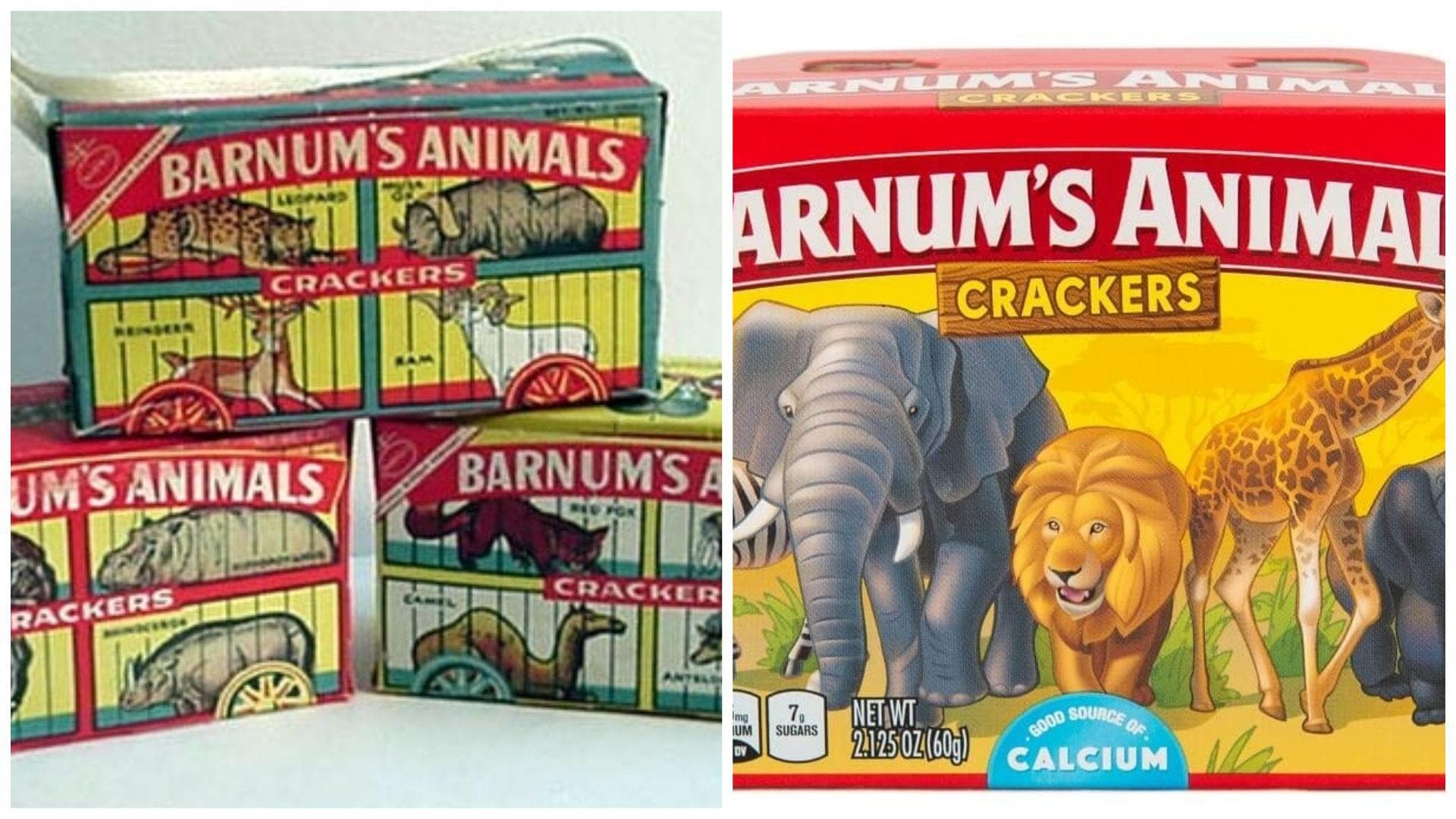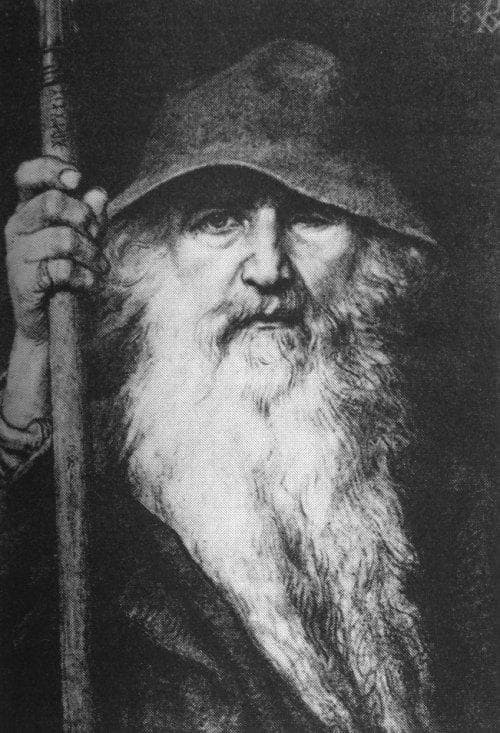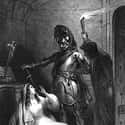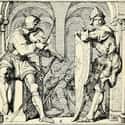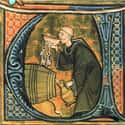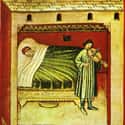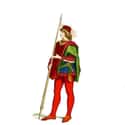-
(#3) Meals Were Mostly Meat
Modern science has made us aware of our food's nutritional value, but people in the Middle Ages didn't know much about what they ate. Their diets consisted primarily of meat and bread, in part because they liked it, but also because they thought that vegetables were poisonous.
Meat was expensive for the common person, so knights likely had more access to meat products than the average serf did. They then had to determine if the meat they bought from the market was safe to eat.
-
(#2) They Were Chivalrous, Sort Of
Most people have heard about how knights adhered to a code of chivalry. Many tend to imagine chivalry in a courtly sense, with knights being polite to women. The system was actually more often a way to keep belligerent knights in line.
One set of chivalry rules, for example, addressed seemingly straightforward situations, which included refraining from these activities: beating up priests; stealing livestock; robbing, killing, or kidnapping random people; burning down houses for no reason; and assaulting women.
-
(#11) Minstrels Entertained Them At Night
Evenings were often a communal time, and knights and noblemen needed a way to entertain themselves in the evenings. On most nights during or immediately after dinner, a minstrel came around to tell stories or play songs. On evenings without entertainment, the men spent time together conversing.
-
(#5) They Drank Constantly
Without easy access to clean water, most adults, including knights, resorted to drinking alcohol. Alcohol was essentially the only liquid people could drink without worrying about it being poisonous or tainted. And as with any group imbibing too much alcohol, the drinking habit could lead to violent or unsavory behavior.
-
(#12) Knights Probably Slept In Shifts
Most knights didn't get a single, uninterrupted sleep session. In medieval times, most people slept in two shifts. They may sleep for about half the night, then wake up for an hour to pray, write, or have intercourse. Afterward, they could go back to sleep for the rest of the night.
Waking up in the middle of the night every evening might not sound relaxing, but studies show it likely wasn't detrimental to their health.
-
(#4) Many Knights Cared A Great Deal About Fashion
Fashion in the Middle Ages wasn't like it is now. Laws placed restrictions on the kinds of clothes people could wear. Serfs, for example, could only spend so much money on clothes because noble people, like knights, wanted to ensure they dressed better than ordinary folk.
Knights had to be fashionable to distinguish themselves from the class below them, so they wore elaborate and fancy garbs. They also enjoyed emphasizing their crotch with large codpieces.
New Random Displays Display All By Ranking
About This Tool
Knight originally refers to the cavalry who received formal military training in the Middle Ages in Europe, and later became a social class. The identity of the knight is often not inherited. In the Middle Ages, the knight served in the army of the lord and obtained a fief. Both kings and nobles need soldiers who have an overwhelming advantage in war. For this reason, they will cultivate some brave and strong knights.
The use of advanced weapons, the application of new tactics, and other factors have led to the gradual decline of traditional knights, but in many countries and regions, the title of knights still remains. The random tool brings us back to the Middle Ages to see the real-life of a knight.
Our data comes from Ranker, If you want to participate in the ranking of items displayed on this page, please click here.





